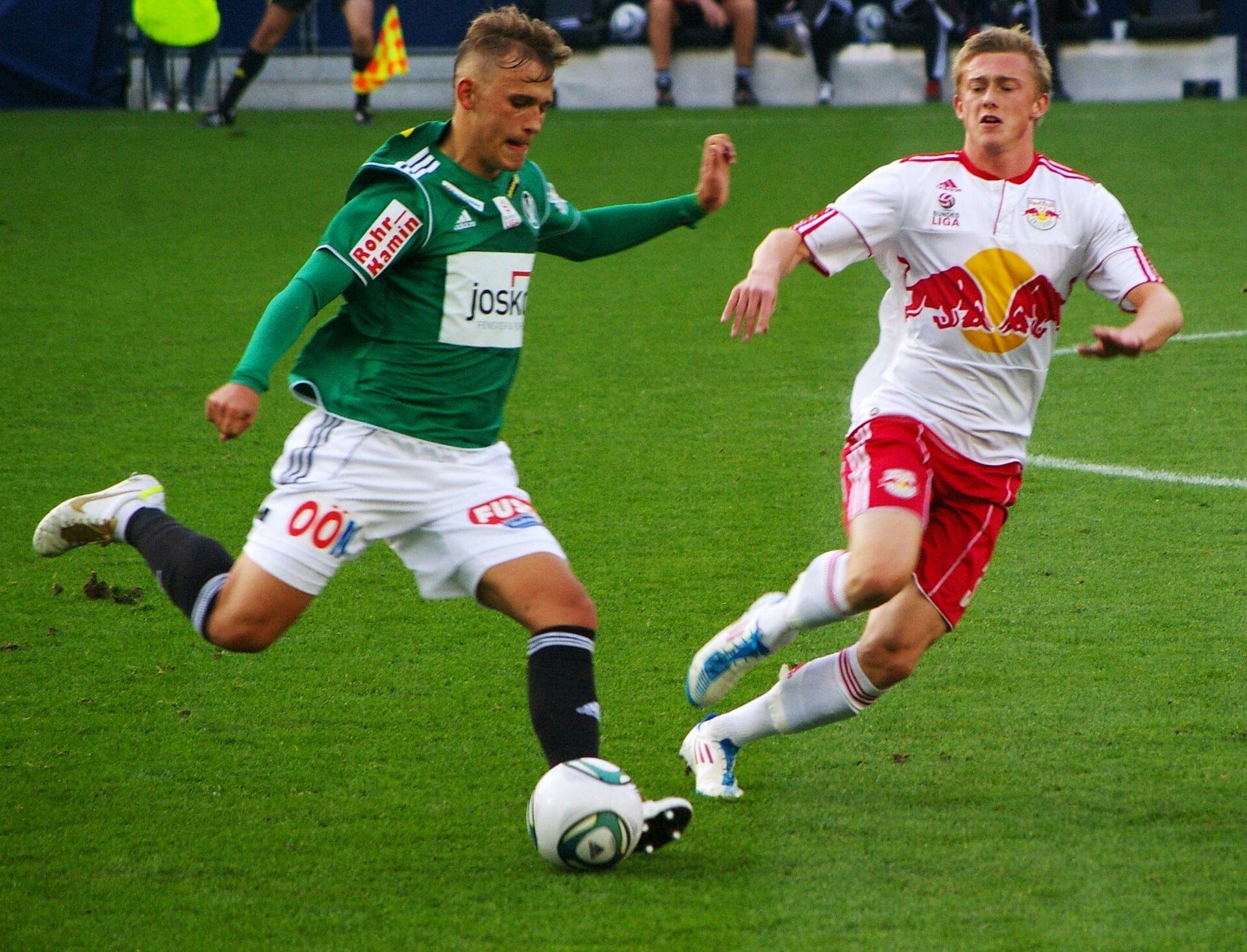In the ever-evolving world of football, understanding the nuances of player roles and responsibilities has become increasingly complex. One such area of football that often confuses fans and even players themselves is the distinction between a “striker” and a “forward.” To shed light on this often-misunderstood topic, let’s dive into the intricacies that set these positions apart.
1. Defining the Basics: Striker vs. Forward
To start, we need to establish a fundamental understanding of these two positions. A striker is a player primarily responsible for scoring goals, often positioned at the forefront of the attacking line. On the other hand, a forward is a broader term that encompasses various roles within the attacking department of a football team. Understanding these core definitions is essential to appreciate the distinctions that follow.
2. The Classic Striker: Precision in Goal-Scoring
The striker, often referred to as the “number 9,” is the player who embodies the art of goal-scoring. Their primary objective is to find the back of the net, and they do so with a unique blend of skills, including:
Finishing Prowess: Strikers excel in shooting accuracy and power, making them lethal in one-on-one situations with the goalkeeper.
Positioning: They have an innate ability to position themselves in the right place at the right time, ready to pounce on opportunities.
Hold-Up Play: Many modern strikers are expected to hold up the ball and involve teammates in the attack.
3. The Versatile Forward: A Multifaceted Role
Forwards, often referred to as “wingers,” “second strikers,” or simply “forwards,” are a diverse group of players that contribute to the attack in various ways:
Wingers: Fast and dribbling, wingers provide crosses into the box for strikers to score.
Second Strikers: These players operate just behind the main striker and are tasked with both scoring and creating goal-scoring opportunities.
False Nines: A more modern concept, the false nine is a forward who drops deeper into midfield, creating overloads and confusion in the opponent’s defense.
4. Tactical Nuances: How They Fit into the Team
Understanding the tactical roles of strikers and forwards within a team’s framework is crucial in discerning the difference between striker and forward
Strikers: In traditional systems, the striker is the focal point of the attack. They receive service from midfielders and wingers and bear the primary responsibility for converting chances. Strikers are often the sole striker in a formation, relying on service from their teammates.
Forwards: The roles of forwards vary based on the tactical approach of the team. Wingers often stretch the opposition’s defense, creating space for others, while second strikers and false nines are integral to link-up play and exploiting gaps in the opponent’s formation.
5. Player Profiles: Famous Strikers and Forwards
To better understand the distinctions, let’s explore some famous players who epitomize these roles:
Cristiano Ronaldo, Robert Lewandowski, and Harry Kane are strikers. These players have remarkable goal-scoring records.
Forwards: Neymar, Griezmann, and Messi are versatile goal-scorers and playmakers.
6. Evolution of the Game: How Modern Football Shapes Roles
The football landscape has seen dramatic changes over the years, impacting the roles of strikers and forwards. Factors like improved fitness, tactical innovations, and rule changes have all contributed to this evolution.
Fitness: Modern football demands players to be more versatile and physically prepared. Forwards are expected to contribute both defensively and offensively, tracking back to help the team.
Tactical Innovations: Managers have become more flexible in their formations, blurring the lines between traditional roles. This fluidity means that players must be adaptable and capable of filling multiple roles within the team.
7. The Hybrid Forward: Where Distinctions Blur
In contemporary football, it’s not unusual to see a “hybrid” forward who combines the traits of both a striker and a forward. This player can score goals while contributing to the overall build-up play. The lines between these roles continue to blur as football evolves.
8. Conclusion: Appreciating the Diversity
Strikers and forwards differ in team roles and responsibilities. Forwards play more attacking roles than strikers, who score goals.
Understanding these distinctions enhances our appreciation for the diversity and complexity of modern football.
Striker and forward roles will change as football evolves. This progression keeps the beautiful game dynamic and intriguing, with new players redefining striker and forward roles. Next time you watch a match, notice the distinct skills and responsibilities of these two crucial positions.



+ There are no comments
Add yours